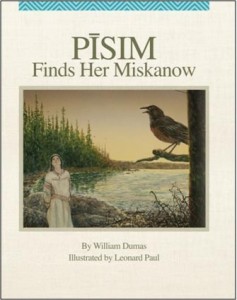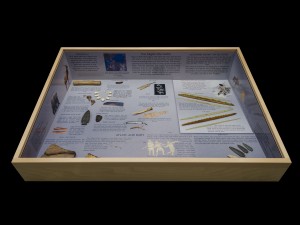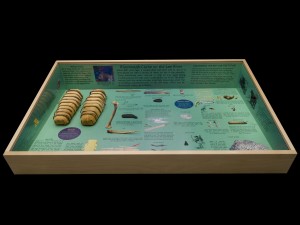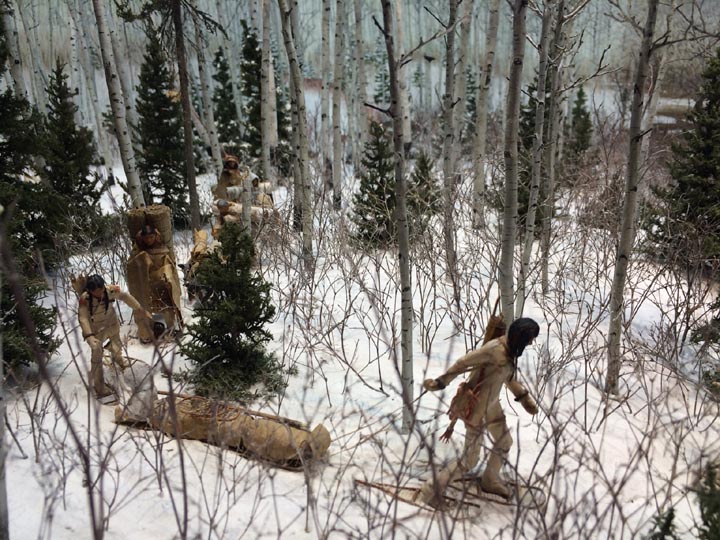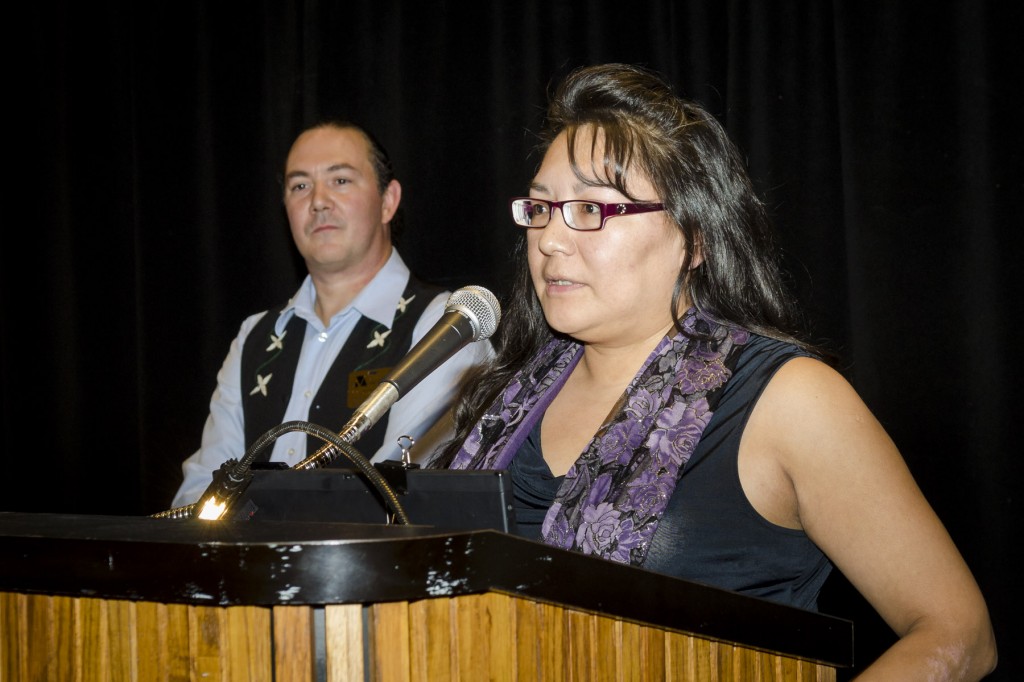By Kevin Brownlee
Past Curator of Archaeology
Over the course of the past year I have been involved with a few publications highlighting Archaeology. Each is quite different, from public outreach to academic article to education online resources.
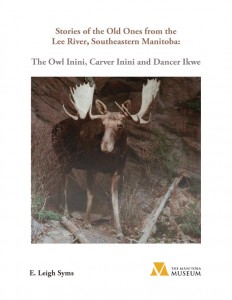
The first is a book published by the Manitoba Museum called Stories of the Old Ones from the Lee River, Southeastern Manitoba: The Owl Inini, Carver Inini and Dancer Ikwe (2014). The publication is the result of many years of work by the Museum and our community partner Sagkeeng First Nation. The lead author E. Leigh Syms retired Curator of Archaeology along with a diverse group of contributors including the late Elder Mark Thompson. The book is publically written and includes over 150 images, maps, drawings and paintings. I was the project manager for the publication.
Buy a copy from the Manitoba Museum Gift Shop.
The second publication is an academic journal article on quartz characterization which examines artifacts from the Manitoba Museum collection in relation to quartz quarries documented in northern Manitoba. The article was published in the prestigious journal Archaeometry vol 56, issue 6 pages 913-926 (December 2014). The results indicate quartz from quarries on Granville Lake were transported up to 200km away. The lead author is a brilliant young PhD, Rachel ten Bruggencate who worked on the Granville Lake Social Science and Humanities Research Council Project that was run through the Museum. Read the abstract online.
The last publication was an online resource put together by the Centre for Research in Young People’s Texts and Cultures the authors on the guide were Margaret Dumas and Deborah Schnitzer. The teachers guide was for the book Pīsim Finds Her Miskanow and written for the Grade 5 Manitoba Curriculum. Find the guide here.



